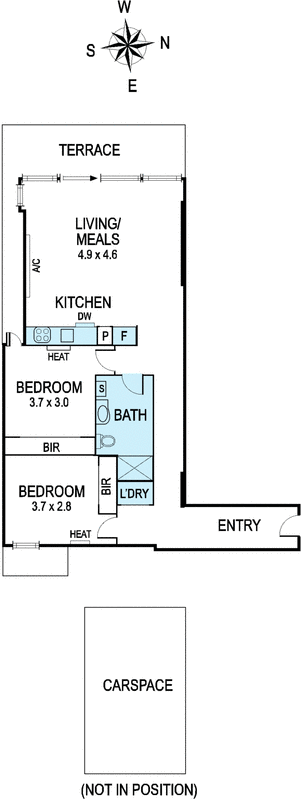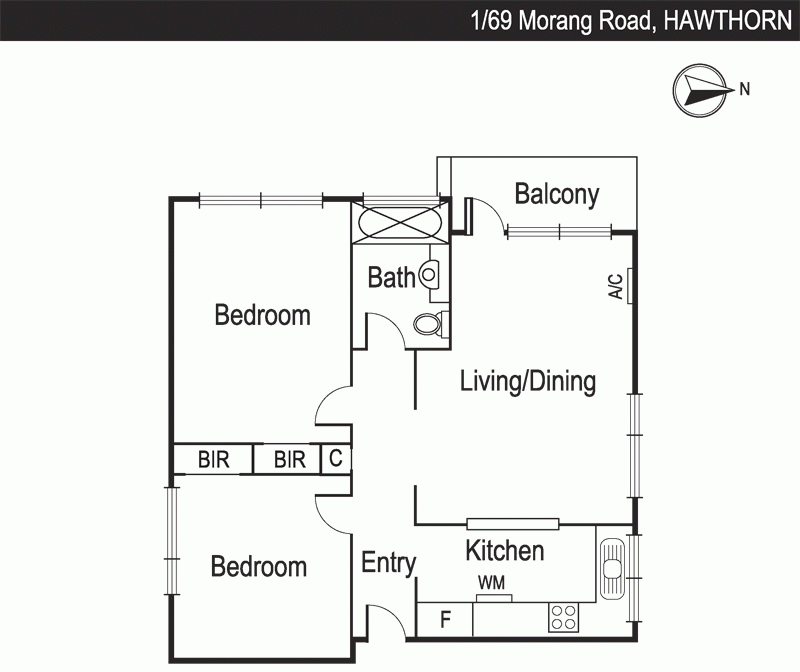A tale of three apartments: Why population growth does not equal capital growth
The property market is a living and breathing entity. Although it moves slowly it is always evolving and the following tale illustrates how three different apartments have fared in recent years.
The apartments are all two bedrooms and were purchased in the last six years. This is important, as they have all been held through the 2007 share market boom, the global financial crisis, the property boom of 2009/10 and the property market adjustment of the last couple of years.
Apartment one - 1506/100 Harbour Esplanade, Docklands
Purchased: November, 2006 for $460,000
Sold: November, 2012 for $460,000
Annual compound growth rate: 0%
Why?
One of the great marketing tools bandied about the market is to imply strong population growth is an indicator of future capital growth. But this point fails to heed the laws of supply and demand.
Many people think population growth is a key indicator of demand. If the population is growing, there must be huge demand and in isolation, that is correct. However I view population growth as a better indicator of supply. If there is strong population growth there must be a lot of available property for people to move into.
Docklands still has an issue with oversupply. Since 2001 its population has been growing by almost 22%. This growth rate is skewed given the population in 2001 was less than 700 however it has still been growing by 6.5% over the last five years. This is well above the 1.5% annual population growth of Victoria.
Over the years the Docklands precinct has been an easy target as it performance as an investment has been so disastrous. Many people suggest it must turn the corner soon and the next 10 years will be much better than the last 10. However consider this, according to the 2011 census one in five Docklands properties is unoccupied.
Apartment two - 109/92 Kinkora Road, Hawthorn
Purchased: June, 2005 for $445,000
Under offer: November, 2012 for $470,000
Annual compound growth rate: 0.86%
Why?
Developers continually fight an uphill battle as they struggle to match rising labour and material costs to produce a product that they can sell and make a profit. The most effective way they do this it to cram as many apartments they possible can onto each block of land. To do this they usually compromise the size of each apartment. The first causality is the kitchen and it gets squeezed into the lounge room. Most people would prefer a separate kitchen.

The other way to make a profit is to sell the property for as mush as possible. As a result, pure market forces do not determine the asking price, it is calculated by the cost to build each apartment and a profit margin.
When the investor bought this property they could have purchased apartment for less and made more money!
Apartment three - 1/69 Morang Road, Hawthorn
Purchased: July, 2007 for $405,000
To be auctioned 1st Dec 2012: Expected sale price: $550,000 plus
Annual compound growth rate: 6.91%
Why?
Hawthorns population has been growing by just over 1% per annum over the last 10 years. The low level of population growth is not due to people not wanting to live there as Hawthorn is a highly desirable location. Population growth is held back because of the lack of supply due to unfavourable town planning laws for developers and the lack of development opportunities. This lack of supply puts upward pressure on prices.
Furthermore, the apartment was built more than 40 years ago when labour was much cheaper and developers could make a profit by only building six units on the block. They did not have to sacrifice floor space and as a result the property is more desirable and in strong demand. When it was purchased there was no developer premium paid as it was sold at auction and market forces determined the price.

